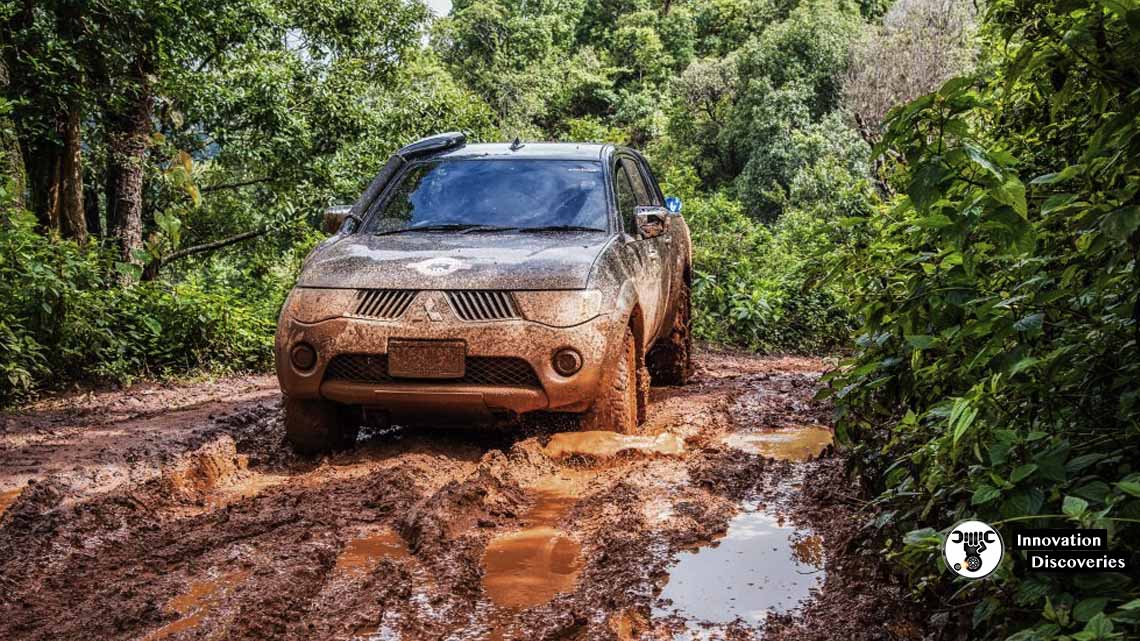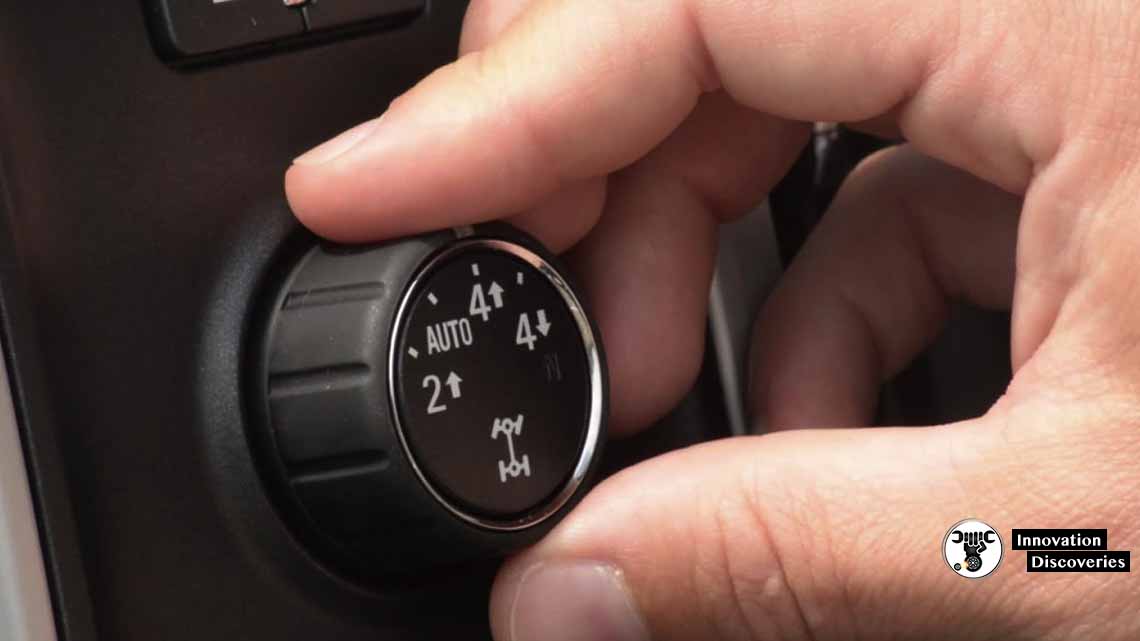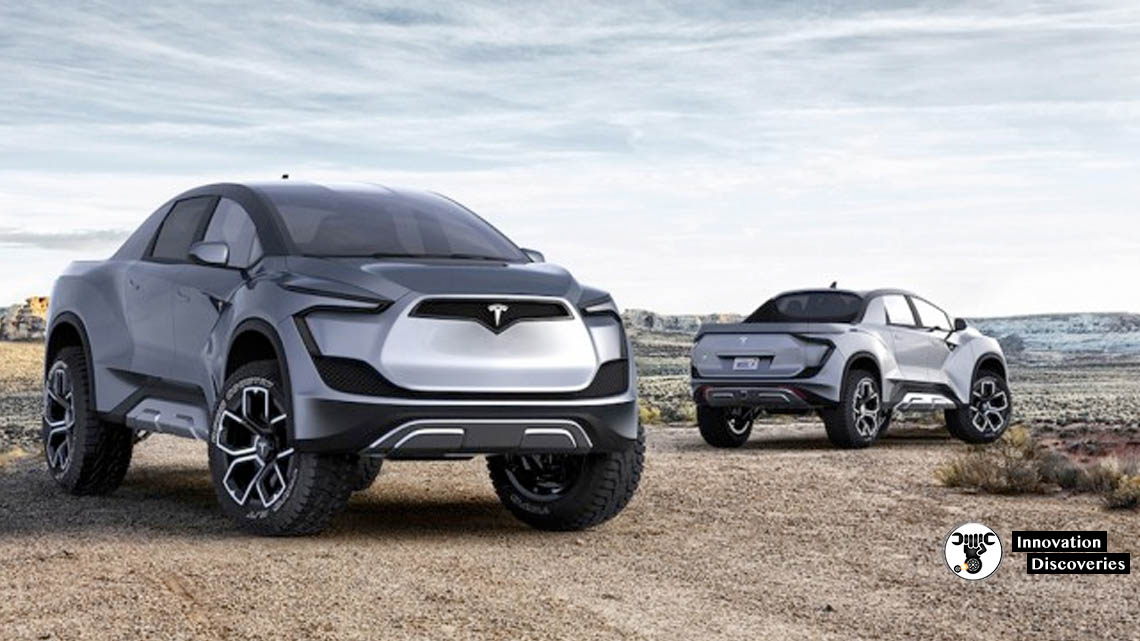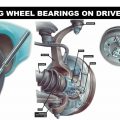Four-wheel drive is becoming so popular these days that more and more
Car owners prefer having a vehicle that supports 4WD. In a four-wheel drive, the engine supplies
Power to all four wheels, that is necessary for specific road conditions. The vehicles come with both mechanisms two-wheel and four-wheel drive.
The situation when the four-wheel drive is not in use,
The system automatically shifts itself to a two-wheel drive.
To know when to put your vehicle in 4-Wheel Drive,
Observe the track as it is slippery, off-road, or full of gravels.
A full wheel drive is needed as it allows for a more powerful drive with
Needed torque and speed.
Let’s uncover more aspects of four-wheel drive and when you should use it
When To Put Your Vehicle In 4-Wheel Drive: Making Driving And Road-Condition Compatible
A vehicle should be set to four-wheel drive
When the weather conditions are not favorable. Such as if it is raining or snowing out there,
You may need to turn the 4WD while driving. When it is the off-road condition where the
Tires crush through the gravels or navigate through the deep sand,
It is time to turn on the 4WD.
There are vehicles in the market that let the driver experience
Both 4WD and 2WD when needed. The driver can set the car to 4WD with just a push of a button.
On switching on the 4WD,
Simply all four wheels receive the power from the engine
That pushes the vehicle against its limits as compared to 2WD.
The 4WD mode is needed on a slippery mode simply
Because when only the two wheels are powered,
It does not create enough traction, and the rest two wheels create the slippage.

See More:
- Here’s Everything You Need To Know About Different Types Of Wheel Drives In Automobiles
- How To Reset Tire Pressure Sensor: A Step-By-Step Guide
Different Four-Wheel-Drive Mechanisms
Now that you have a fair idea about when to put your vehicle in 4-Wheel Drive,
Dig deeper into the mechanisms.
Some high-end vehicles comprise high and low four-wheel drive. Both of these methods come in use as per the surface the vehicle drives on.
The High Four-Wheel Drive
This mode allows your car to drive at fast speeds
While maintaining the four-wheel drive. However,
It is recommended not to cross 55mph (ca. 89 km/h) as this makes the
Four-wheel drive was less effective.
The high four-wheel drive comes to use
When you are driving on slippery roads when you need both speed and traction.
The Low Four-Wheel Drive
The car that engages a high four-wheel drive also
Tends to provide a low four-wheel drive.
The driver should activate the low range four-wheel drive in serious conditions such as
When there is deep snow, mud, sand, or while crossing water.
Also, read – How manual gearboxes work
This setting keeps the car somewhat slower than normal
While providing enough traction. It is recommended that you keep the speed at 40mph (ca. 64 km/h) or
So, to grip the vehicle better and navigate it through the obstacles rightly.

A Few Tips While Using the Four-Wheel-Drive
Some drivers consider the four-wheel-drive a superpower that no matter what,
It makes the driving experience better. Also, they consider the 4WD to be fail-proof that
Keeps the car from getting vulnerable.
However, it is not the case, and 4WD has its limitations! Check out more Maintenance Tips here and don’t face the consequences ever.
Let’s understand a few points here so from next time
You can control your four-wheel drive in a better way.
Be Mindful While Using 4WD
A 4WD can be dangerous if not used properly. Such as if you do not control your speed, the chances of “flip and roll” increase. A 4WD can’t keep you against the misfortune if you are blind about speeds.
Also, you need to be more stable while turning the car even when it is in 4WD.
So, whenever you need to apply the brakes, slow down a bit,
And it prevents you from slipping.
Don’t Use 4WD When There Is No Need
Using 4WD when there is no need only wastes those resources such as the gas.
If the driving conditions are normal,
Turn off the settings and save on the mileage.
Avoid Using Forward and Reverse
It is normal to use a “forward and reverse” pattern whenever you feel stuck.
In this situation, what you need is using the and
High four-wheel drive and slowly use the gas pedal.
If the wheels keep spinning,
Apply and release the gas to have the vehicle back and forth.
Tip: Don’t use 4WD on dry pavement or even track as it damages the axles,
Gears, and other major components.

Finally
Understand the system of your vehicle and
How the four-wheel-drive works in a particular model. You should know when to put your vehicle in 4-Wheel Drive and at what intensity. Catch up with some professional advice if you have to before you step
Out of the home trying the 4WD the very first time.






3 Comments